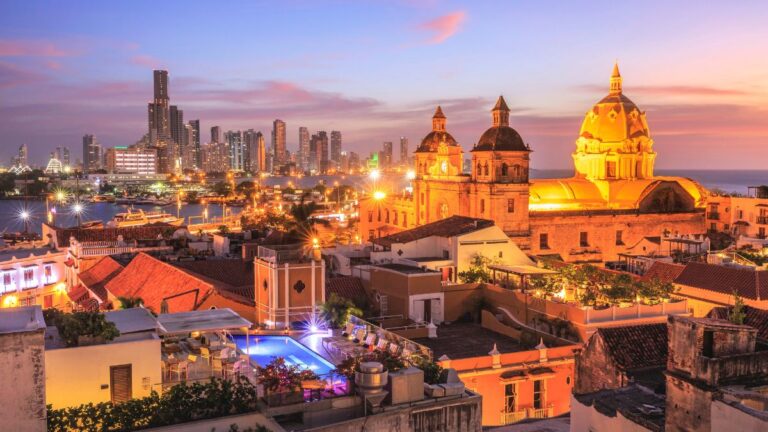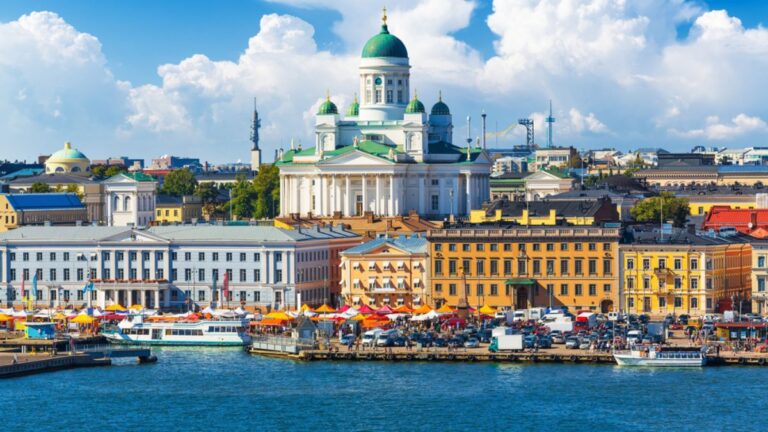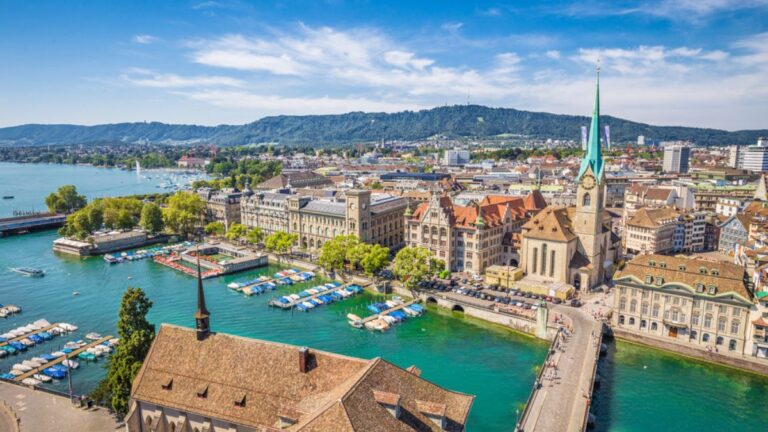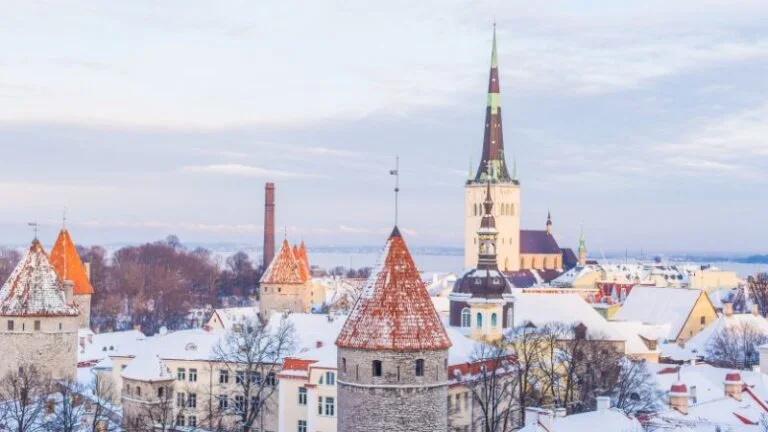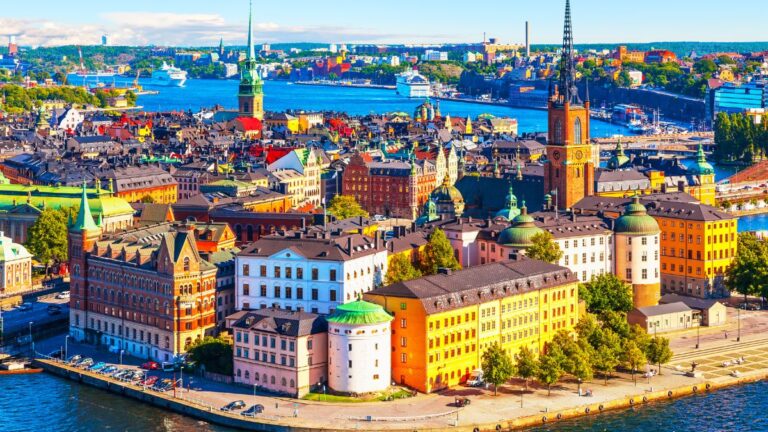10 Best Things to Do in Budapest for Thermal Baths and Architecture

As participants in Amazon Associates and other programs, we earn from qualifying purchases. This comes at no additional cost to you. For more details, see our Affiliate Disclosure.
Budapest, often called the City of Spas, is a treasure chest for anyone looking to soak in history and relax in the warmth of its world-famous thermal baths. The city’s stunning architecture, ranging from Gothic and Baroque to Art Nouveau, offers a breathtaking backdrop to its healing waters. Whether you’re a history buff, a spa lover, or simply in search of some beautiful sights, Budapest has something special for you. Let’s dive into the best experiences this vibrant city has to offer, focusing on its luxurious thermal baths and iconic buildings.
Széchenyi Thermal Bath
Széchenyi Thermal Bath is not just the largest thermal bath in Budapest but also in Europe, making it a must-visit for anyone looking to experience the city’s spa culture. With its outdoor and indoor pools, saunas, and various therapeutic services, it’s a perfect blend of relaxation and historical architecture. The bright, yellow buildings and the outdoor pools offer a unique atmosphere, especially in winter when you can bathe in warm waters as snow falls around you.
Gellért Baths
Gellért Baths stand out with their stunning Art Nouveau architecture, detailed mosaics, and indoor thermal pools that look more like palatial ballrooms than swimming spots. Located on the Buda side of the city, these baths are part of the famous Hotel Gellért and offer a variety of spa treatments. The experience of soaking in the beautifully tiled pools under ornate glass ceilings is truly luxurious.
Fisherman’s Bastion
Fisherman’s Bastion offers some of the best panoramic views of Budapest. With its fairy-tale towers and turrets, it looks like something out of a storybook, especially at sunset or dawn. It’s a peaceful spot where you can take in the beauty of the Danube, the Hungarian Parliament Building, and much of the city’s skyline. The Bastion takes its name from the medieval fishermen who protected this stretch of the city walls.
Buda Castle
Buda Castle, perched on Castle Hill, is a historic palace complex of the Hungarian kings in Budapest. Now housing the National Gallery and the Budapest History Museum, its courtyards and terraces offer spectacular views of the city. Exploring its historic rooms and admiring its architecture offers a glimpse into the opulent past of Hungary.
Parliament Building
The Parliament Building, with its Gothic Revival architecture, is a symbol of Budapest’s rich history and political significance. It’s not only an architectural marvel but also the largest building in Hungary, and its location along the Danube River makes it a striking sight, especially when lit up at night. A tour inside reveals the country’s crown jewels and the intricate details of its construction.
Veli Bej Bath
Veli Bej Bath, one of the oldest Turkish baths in Budapest, offers a quieter, more intimate experience. Its recent restoration has preserved the historical Ottoman architecture while adding modern spa facilities. This hidden gem is perfect for those looking to escape the crowds and enjoy a relaxing soak in a historical setting.
St. Stephen’s Basilica
St. Stephen’s Basilica is not only a place of worship but also a central landmark of Budapest. Its neoclassical architecture, stunning interior, and the panoramic views from its dome make it a must-visit. The basilica also houses Hungary’s most sacred treasure, the Holy Right Hand of the founder of the Hungarian state, St. Stephen.
Rudas Baths
Rudas Baths are among the few remaining Turkish baths in Budapest, dating back to the 16th century. They offer a unique blend of history and wellness, with a traditional Ottoman bathhouse and a newer wellness center. The rooftop hot tub, with views of the Danube and the city, is an unforgettable experience.
The Hungarian State Opera House
The Hungarian State Opera House is a masterpiece of Neo-Renaissance architecture, known for its magnificent interior and world-class acoustics. Even if you’re not attending a performance, the guided tours of the opulent halls and the history behind its construction are captivating. It’s a testament to Budapest’s rich cultural scene.
The Chain Bridge
The Chain Bridge, the first permanent bridge across the Danube in Budapest, is a symbol of connection and progress. It offers stunning views of the city, especially at night when Budapest’s landmarks are illuminated. Walking across this historic bridge is a simple yet profound way to experience the unity of Buda and Pest.


